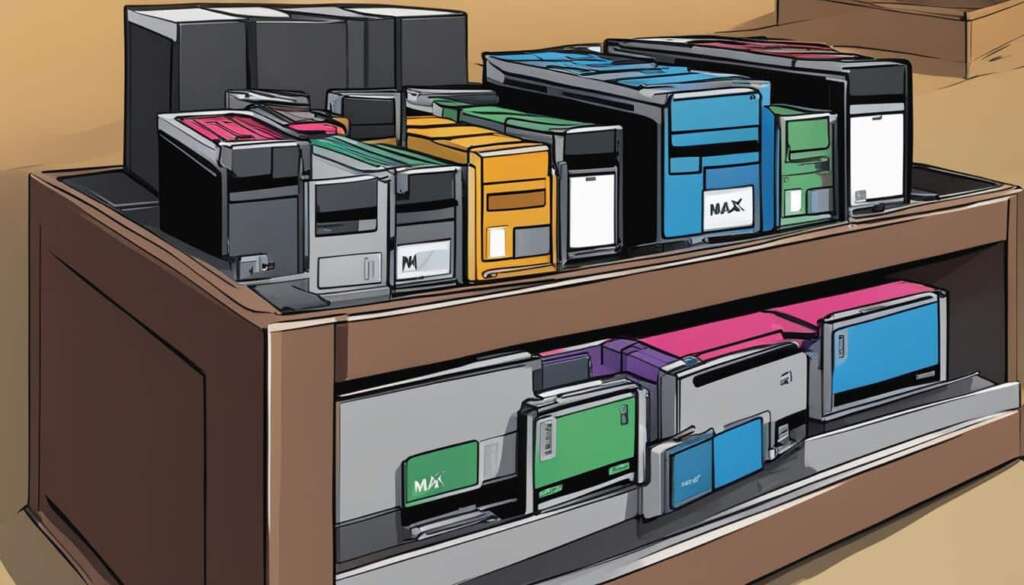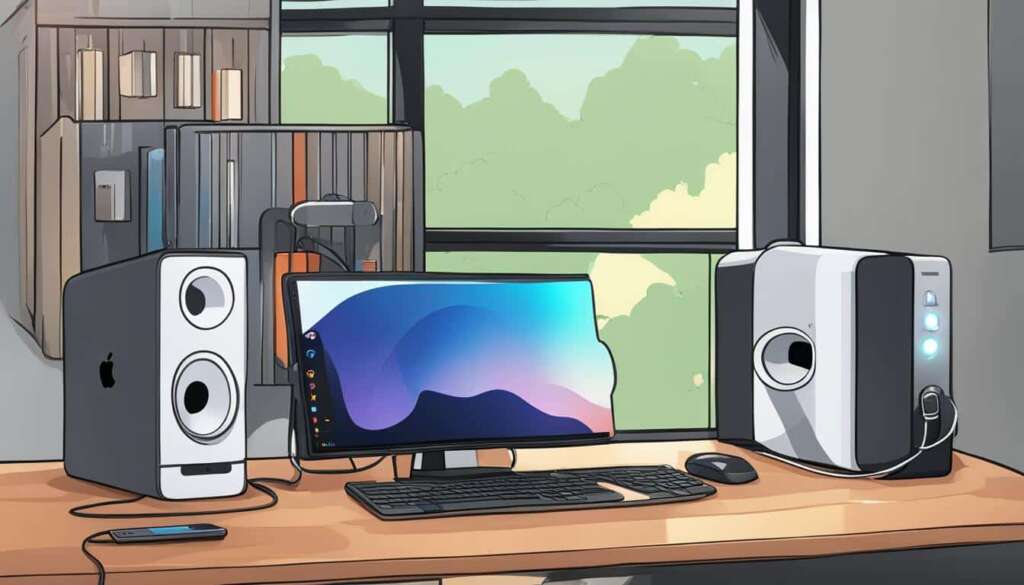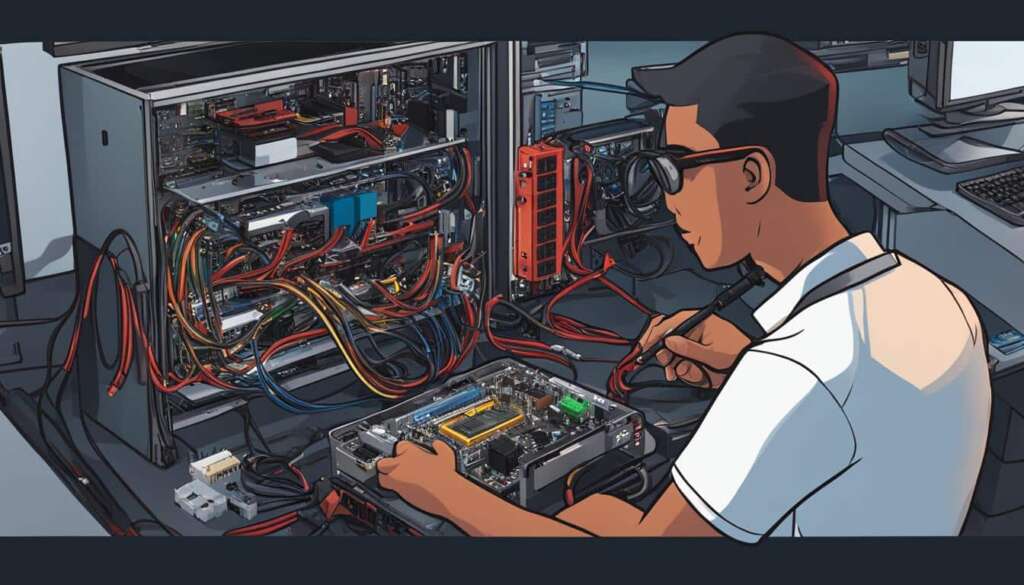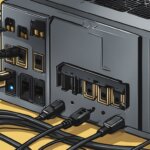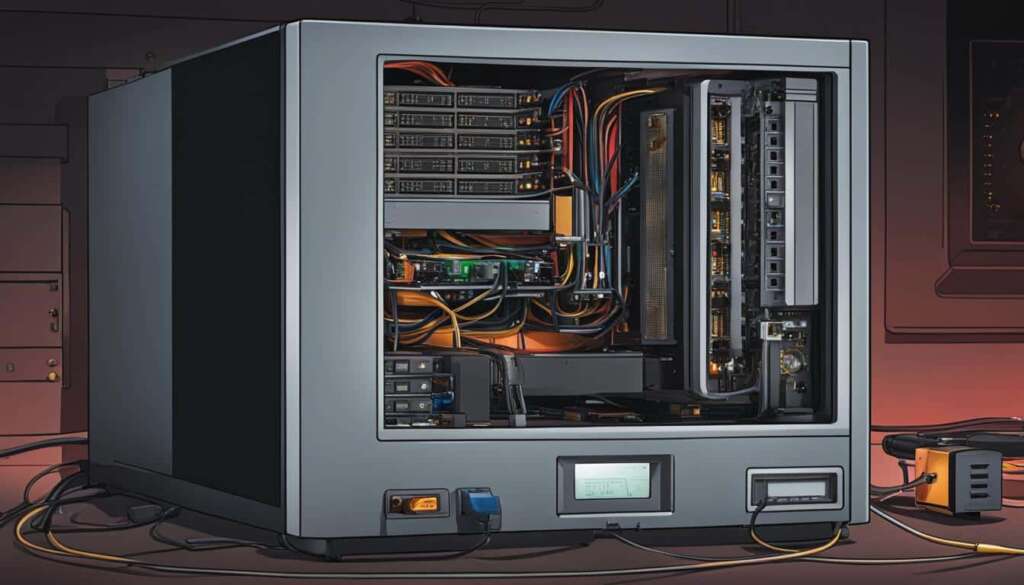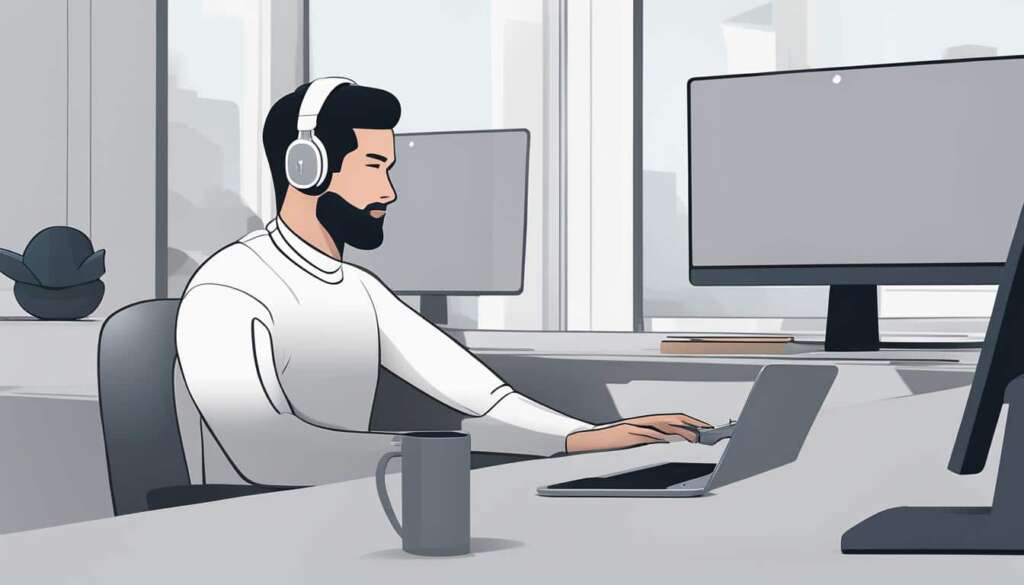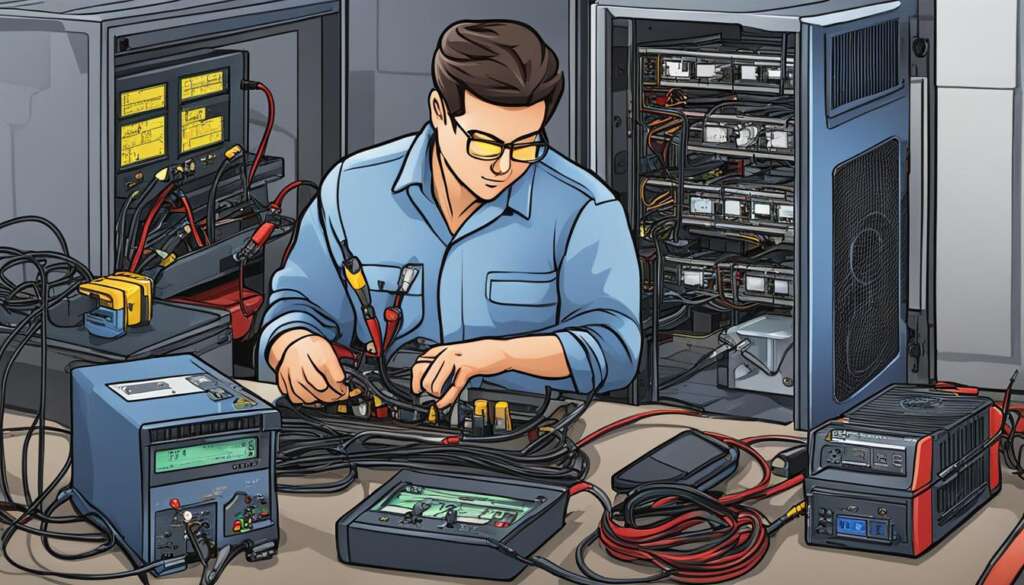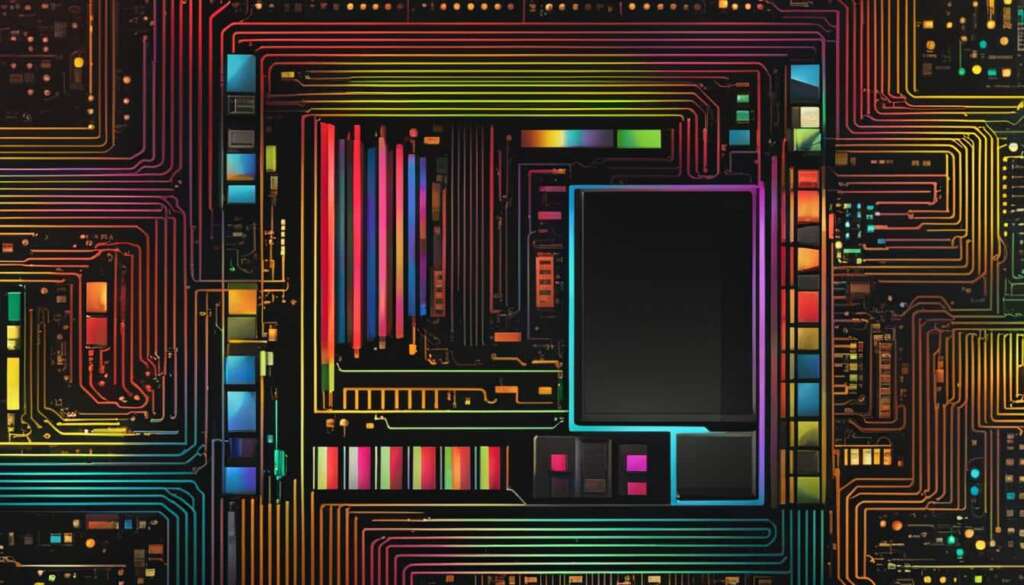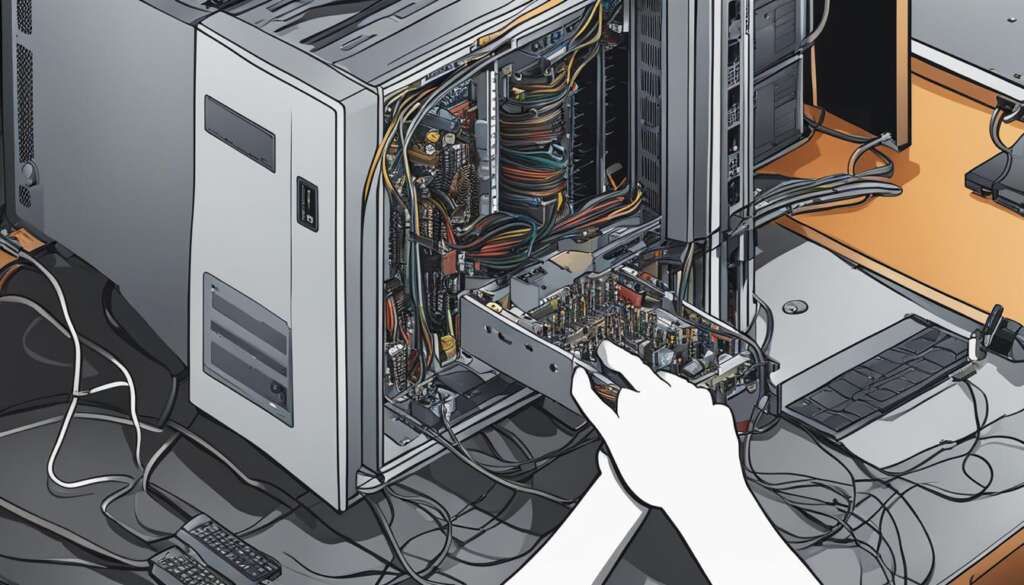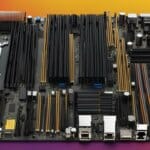Table of Contents
Have you ever wondered how many hard drives a PC can have? The answer is not as straightforward as you might think. The number of hard drives that can be installed in a PC depends on various factors, including the motherboard’s available SATA slots, the size of the case, the power supply unit (PSU), and even the operating system. Let’s explore these factors in more detail.
First and foremost, the number of available SATA slots on the motherboard plays a significant role. Typically, motherboards have 4 to 6 SATA slots, which means you can connect up to that number of hard drives directly to the motherboard.
The size of the PC case also comes into play. Larger ATX cases generally provide more space for hard drives, allowing for at least 4 drives to be installed. However, there are smaller cases available that can accommodate fewer drives.
The power supply unit (PSU) is another crucial consideration. When adding multiple hard drives, the PSU must be capable of meeting the increased power requirements. Upgrading to a higher capacity PSU may be necessary.
Additionally, the operating system’s limitations should be taken into account. The supported number of hard drives can vary depending on drive letters and mount points assigned by the operating system.
So, while there is no definite answer to how many hard drives a PC can have, the maximum number is determined by these various factors. It’s essential to consider the motherboard’s SATA slots, the case size, the PSU’s capacity, and the operating system’s limitations. By understanding these factors, you can determine the maximum number of hard drives your PC can accommodate.
Factors that Affect the Number of Hard Drives on a PC
When it comes to the number of hard drives that can be installed on a PC, several factors come into play. These factors collectively determine the maximum number of hard drives that a PC can accommodate.
1. SATA Slots on the Motherboard
One of the main factors is the number of available SATA slots on the motherboard. SATA slots are the connectors that allow the motherboard to communicate with the hard drives. Typically, motherboards have 4 to 6 SATA slots, which means you can connect up to 4 to 6 hard drives directly to the motherboard.
2. Size of the PC Case
The size of the PC case also affects the number of hard drives that can be installed. Larger cases, such as ATX cases, usually have more internal bays and mounting points for hard drives. This means you can easily install multiple hard drives in these cases. However, smaller cases may have limited space, restricting the number of hard drives that can be added.
3. Power Supply Unit (PSU)
The power supply unit (PSU) plays a crucial role in determining the number of hard drives you can add to your PC. Each hard drive requires power to operate, and the PSU must have sufficient wattage and the necessary SATA power connectors to support the additional drives. If the PSU doesn’t meet the power requirements, it may not be able to handle the load, leading to stability issues or even hardware failure.
4. Operating System Limitations
The operating system can also impose limitations on the number of hard drives that can be added to a PC. The number of drive letters and mount points available can vary depending on the operating system. Some older versions of operating systems may have limitations on the number of drives they can support, while newer versions usually offer more flexibility.
To give you a visual representation of these factors, here’s a table summarizing the key considerations:
| Factors | Affects |
|---|---|
| SATA Slots on the Motherboard | Directly determines the number of hard drives that can be connected to the motherboard. |
| Size of the PC Case | Affects the physical space available for mounting additional hard drives. |
| Power Supply Unit (PSU) | Needs to meet the power requirements of the additional hard drives for stable operation. |
| Operating System Limitations | Determines the number of drive letters and mount points available for adding hard drives. |
Considering these factors will help you understand how many hard drives your PC can accommodate. Next, we’ll explore the advantages and disadvantages of using multiple hard drives in a PC. But before we do that, let’s take a moment to visualize the factors affecting the number of hard drives on a PC:
Advantages and Disadvantages of Using Multiple Hard Drives
Using multiple hard drives in a PC offers several advantages. Firstly, it provides increased storage space, allowing users to store more files and data.
Secondly, it offers a higher level of security by providing redundancy. If one hard drive fails, the others are still operational, ensuring the safety of data.
Additionally, using multiple hard drives allows for higher disk use efficiency, as users can install the operating system on an SSD for faster performance and store data on regular hard drives. This arrangement allows for both speed and storage capacity.
However, there are also disadvantages to using multiple hard drives. The cost increases with the number of hard drives added, as users need to purchase additional drives and possibly upgrade cooling mechanisms to prevent overheating.
More power supply is also required to support multiple hard drives, and the noise level may increase with the addition of more drives.
How to Add More Hard Drives to a Computer
Adding more hard drives to a computer is a relatively straightforward process. If you want to add internal hard drives, start by turning off your PC and disconnecting it from the power supply. Next, unscrew the back case and disconnect the drive cables. If you have a DVD drive in the way, it needs to be unscrewed and either released or slid out.
Now, it’s time to mount and connect the new hard drive. Securely fasten it with screws and connect it to the motherboard. Once done, screw the cover back on, reconnect the PC to power, and turn it on. You may need to enter BIOS to configure the boot order and ensure the new hard drive is recognized. Additionally, remember to format the hard drive for use.
If you prefer to add an external hard drive, the process is simpler. Just connect it to your computer via a USB or external SATA port, and you’re good to go. No need to open up your PC or deal with cable connections. It’s a convenient option if you need temporary or portable storage space.
FAQ
How many hard drives can a PC have?
The number of hard drives that a PC can have depends on several factors, including the number of available SATA slots on the motherboard, the size of the PC case, the power supply unit (PSU), and the operating system. There is no definite answer as it varies.
What factors affect the number of hard drives on a PC?
The number of available SATA slots on the motherboard, the size of the PC case, the power supply unit (PSU), and the operating system are the main factors that determine the number of hard drives that can be installed on a PC.
What are the advantages and disadvantages of using multiple hard drives?
Using multiple hard drives in a PC provides increased storage space, higher security through redundancy, and allows for higher disk use efficiency. However, it also comes with increased cost, power supply requirements, and potential noise level increase.
How can I add more hard drives to a computer?
For internal hard drives, you need to turn off the PC, disconnect it from the power supply, unscrew the back case, disconnect the drive cables, mount and connect the new hard drive, and configure the boot order in the BIOS if necessary. Adding an external hard drive is simpler, as you just need to connect it via USB or external SATA port.

